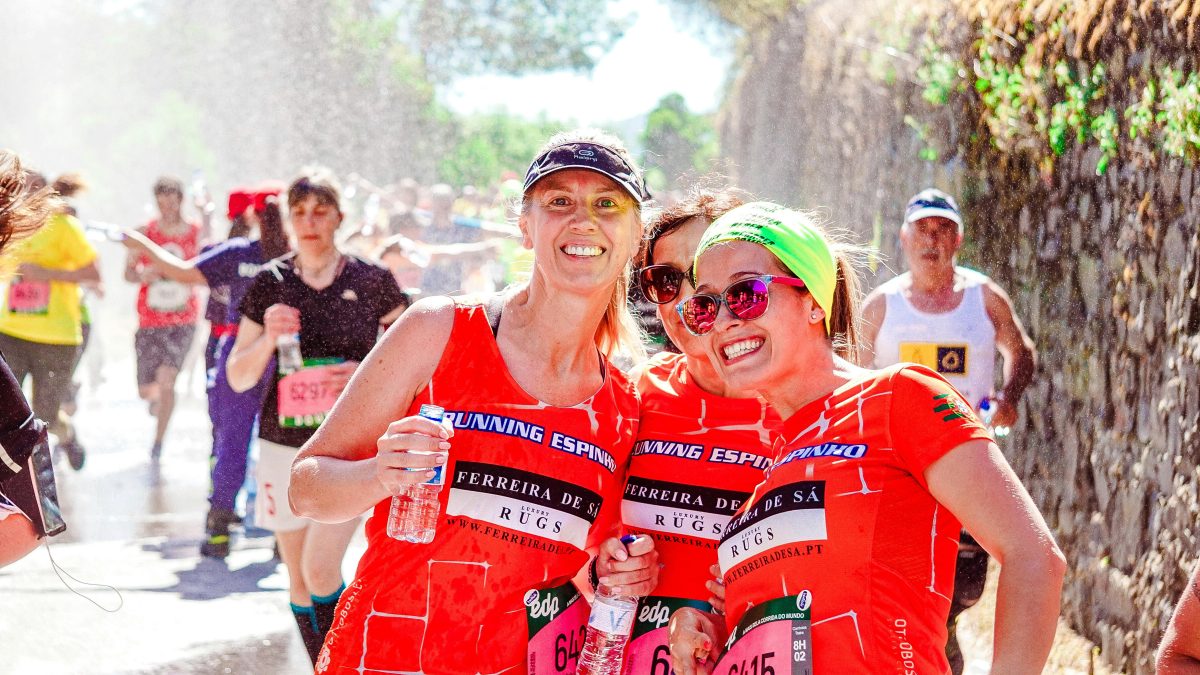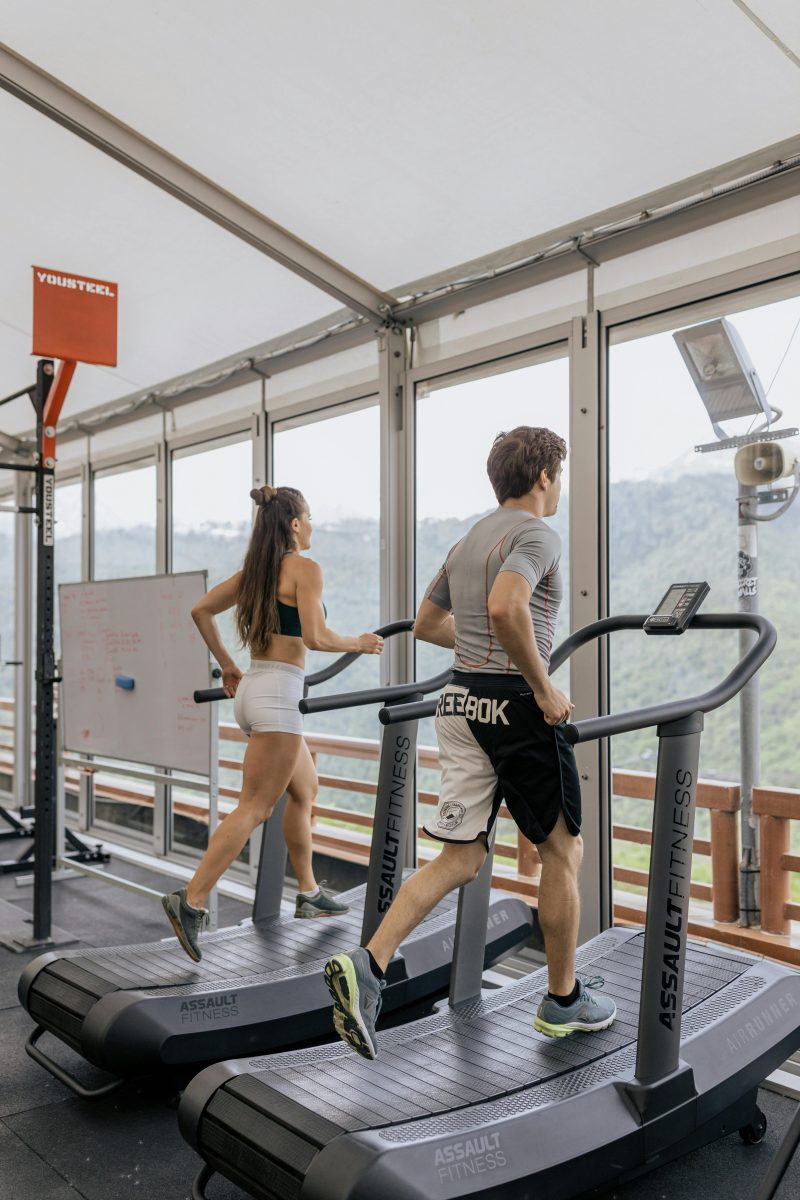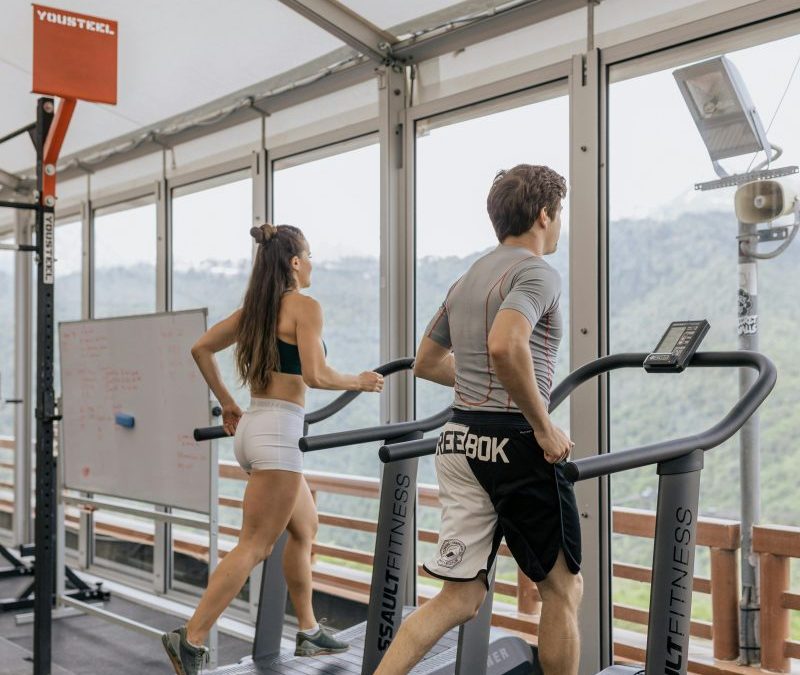Last Updated on: 14th July 2024, 10:56 am
Introduction to Seasonal Workout Adaptations

As the seasons shift, so should our workout routines. This isn’t just about keeping things fresh; it’s a necessity. Adapting our physical activities to the changing weather aligns our bodies with the natural rhythms of the environment. This harmony not only boosts our physical well-being but also our mental health.
- Prevents injury: Summer’s heat demands hydration and lighter exercises, while winter’s chill calls for warm-ups that are thorough.
- Maintains motivation: The novelty of a new routine can reignite our passion for fitness, pushing us to achieve more.
Embracing seasonal workout adaptations means we’re not just responding to the weather; we’re anticipating it, preparing our bodies, and setting ourselves up for success. This proactive approach keeps us engaged, healthy, and in tune with the natural world.
The Impact of Weather on Exercise

How Different Weather Conditions Affect the Body During Exercise
Weather plays a pivotal role in our exercise routines. Hot conditions can lead to quicker dehydration and heat exhaustion, requiring us to drink more fluids and perhaps shorten our workout sessions. Cold weather, conversely, makes our muscles work harder to maintain body heat, increasing the risk of strains and injuries. It’s crucial to warm up properly and consider layering clothing to adapt.
Adjusting Workouts to Extreme Temperatures: Heat and Cold
- Heat: Opt for cooler morning or evening workouts to avoid the midday sun. Incorporating water activities can also provide relief while maintaining fitness levels.
- Cold: Indoor exercises or layering up for outdoor activities can keep the momentum going without risking health.
The Role of Sunlight in Vitamin D Synthesis and Mood
Sunlight isn’t just a cue to dawn and dusk. It’s essential for vitamin D synthesis, crucial for bone health and immune function. Exercising outdoors on sunny days can boost your vitamin D levels and elevate your mood, thanks to the natural light’s effect on serotonin levels. This feel-good hormone can transform a routine workout into a rejuvenating experience, making it easier to stay committed to your fitness goals.
Transitioning Your Workout Routine for Spring

As the world awakens from its winter slumber, the allure of spring invites us to take our fitness routines outdoors. The shift from indoor to outdoor activities not only refreshes the mind but also challenges the body in new ways. Embracing the outdoors during this season of renewal can transform your workout routine, making exercise an adventure rather than a chore.
- Seasonal sports and activities: Cycling, hiking, and practicing yoga outdoors can invigorate your fitness regimen.
- Gradual adaptation: Start with shorter sessions to acclimate your body, gradually increasing intensity and duration.
Spring’s arrival heralds a time of transformation, both in nature and in our fitness routines. By shifting our focus outdoors, incorporating seasonal activities, and adapting gradually to the changing environment, we can embrace the season’s vitality. This not only enhances our physical well-being but also nourishes our connection to the world around us, embodying the essence of holistic fitness.
Summer Fitness Strategies

As the mercury rises, so does the challenge of maintaining a consistent workout routine. The key to summer fitness lies in timing and adaptation. Opting for early morning or late evening sessions can significantly reduce the risk of heat-related issues, allowing you to enjoy cooler temperatures and a refreshing start or end to your day.
- Hydration: A well-hydrated body performs better and recovers faster. Incorporating electrolyte-rich drinks and water-dense fruits into your diet ensures you stay hydrated and energized.
- Nutrition: Light, nutrient-packed meals can fuel your body without weighing you down, perfect for the heat.
- Water-based workouts: Swimming, a low-impact, high-resistance activity, enhances cardiovascular health, builds muscle, and improves flexibility.
Adapting your fitness routine for the summer doesn’t just help you beat the heat; it opens up a new realm of possibilities to explore in your fitness journey. By embracing these strategies, you ensure your workouts remain consistent, effective, and enjoyable, regardless of the temperature outside.
Fall Adjustments to Your Exercise Regimen

As the leaves change color and the air grows crisp, fall presents a unique opportunity to refresh your workout routine. Cooler temperatures invite outdoor activities, transforming your exercise experience. It’s the perfect time to take your workout outside, where the mild weather not only makes for a pleasant environment but also boosts your endurance and performance.
Layering your clothing becomes essential for temperature regulation during these cooler months. Start with a moisture-wicking base layer to keep sweat at bay, add an insulating layer to retain body heat, and top it off with a wind-resistant outer layer to shield against the elements. This strategy allows you to adapt to changing conditions mid-workout, ensuring comfort and focus.
Shorter daylight hours require a proactive approach to safety. High-visibility clothing and reflective gear become your best allies, making you noticeable to others when the light fades. Consider also adjusting your workout times to take advantage of the daylight, or choose well-lit paths for evening activities. Safety should never be an afterthought; it’s a cornerstone of a successful fall fitness regimen.
Embracing these adjustments not only enhances your fall workouts but also ensures a seamless transition into the colder months. By taking advantage of the season’s offerings, layering appropriately, and prioritizing safety, you set the stage for a fulfilling and effective exercise routine that harmonizes with the season’s rhythm.
Winter Workout Wisdom

When the temperature drops, indoor workouts become a sanctuary for fitness enthusiasts. Home exercises, with their convenience and comfort, allow for a consistent routine despite the frosty weather. Gyms and fitness classes offer a community vibe that can be particularly motivating when the winter blues hit. These controlled environments are perfect for maintaining fitness levels and exploring new workout regimes.
- Indoor Workouts: Home exercises and gym sessions keep you active and allow for routine consistency.
- Community Vibe: Fitness classes can motivate you through the winter blues.
- New Regimes: Explore different workout routines in the comfort of indoors.
Yet, winter also offers its own unique outdoor activities. Skiing and snowboarding provide exhilarating ways to work the entire body, while the serene beauty of a snow-covered landscape makes hiking an almost magical experience. These activities not only challenge the body but also invigorate the spirit with fresh air and stunning views.
- Skiing & Snowboarding: Exhilarating full-body workouts.
- Snow Hiking: Experience the magic of a snow-covered landscape.
- Fresh Air & Views: Invigorate your spirit with outdoor activities.
Staying motivated through the holiday season and colder months is crucial. Setting goals, seeking out accountability partners, or joining a fitness challenge can keep the momentum going. Remember, the endorphin rush from a good workout is a gift that keeps on giving, making it easier to resist the temptation to hibernate. Embrace the season’s offerings, and let the crisp winter air be a refreshing change to your workout routine.
- Set Goals: Keep your fitness journey on track.
- Accountability Partners: Stay motivated with the help of friends or fitness communities.
- Fitness Challenges: Join challenges to maintain momentum.
- Embrace the Season: Let the winter air refresh your routine.
In Closing
Seasons change, and so should our workouts. This adaptation fosters a resilient and joyful fitness journey. By aligning our exercise routines with the seasonal shifts, we not only prevent injury but also enhance our mental and physical well-being, embracing the unique challenges and opportunities each season presents. Let’s carry forward the commitment to adapt, finding joy in the journey and strength in the versatility of our routines, ensuring a year-round engagement with our health and fitness goals.
Adapting Workouts for Seasonal Changes FAQs
Yes, running outside in the winter is possible with the right preparation and gear, such as thermal clothing, gloves, and shoes with good traction. Adjusting your pace and being mindful of slippery surfaces can help prevent falls and injuries. It’s also important to stay hydrated and be aware of the signs of frostbite and hypothermia.
Indoor cardio machines like treadmills, stationary bikes, and elliptical trainers can be effective alternatives for maintaining cardiovascular fitness. Participating in indoor group fitness classes or following online workout programs can also keep you engaged and motivated. Additionally, exploring winter sports like skiing or summer activities like indoor rock climbing can offer new ways to stay fit while adapting to the season.
You should focus on longer warm-up sessions to prepare your body for exercise in colder temperatures. Incorporating dynamic stretches and gradually increasing the intensity of your warm-up can help prevent injuries and improve performance. It’s also beneficial to wear appropriate layers that can be removed as your body warms up.
Gradually transitioning your workout intensity and duration can help your body adjust safely to new routines. It’s important to listen to your body and allow for adequate rest and recovery, especially when trying new activities that your body isn’t accustomed to. Incorporating flexibility and strength training exercises specific to your seasonal activity can also reduce the risk of injury.
Your diet should adapt to the changing energy demands of your body, with a focus on seasonal fruits and vegetables for optimal nutrition. In colder months, incorporating more complex carbohydrates and healthy fats can provide the necessary energy for your workouts. During warmer seasons, staying hydrated and opting for lighter meals can help maintain energy levels without feeling weighed down.
Yes, adjusting hydration levels is crucial as your body’s water requirements change with the temperature and intensity of your workout. In warmer months, you may need to increase your water intake to compensate for increased sweating. During colder seasons, you might not feel as thirsty but maintaining hydration is still essential for optimal performance and recovery.
Start by gradually increasing the time spent exercising outdoors to acclimate your body to the new environment. It’s also important to dress appropriately for the weather and to modify your workout intensity based on the conditions. Paying attention to safety, such as choosing well-lit areas for evening workouts and using sunscreen, is crucial during this transition.
Indoor activities such as strength training, yoga, and swimming in heated pools are ideal for maintaining fitness during the winter. These exercises can be easily adapted to indoor environments, ensuring consistency in your workout routine despite the cold. Additionally, they help in building muscle strength and flexibility, which are crucial for overall health during colder months.
Planning shorter, more efficient workouts can help maintain fitness without taking too much time away from other activities. Portable exercise equipment like resistance bands or using bodyweight exercises can provide flexibility and convenience. Additionally, exploring local activities and incorporating physical aspects of travel, such as walking tours or hiking, can keep you active while enjoying your surroundings.
Setting new fitness goals and trying out different activities can keep your workout routine exciting and challenging. Participating in seasonal sports or joining fitness challenges can also provide a sense of community and accountability. Keeping a workout journal to track progress can further motivate you by visibly showing improvements and milestones reached.
Orlando is a all round athlete from Australia, now resident in Germany. His sports of passion of American Football(Offensive line), weight training and indoor rock climbing where he uses his 195cm wing span to his advantage.



